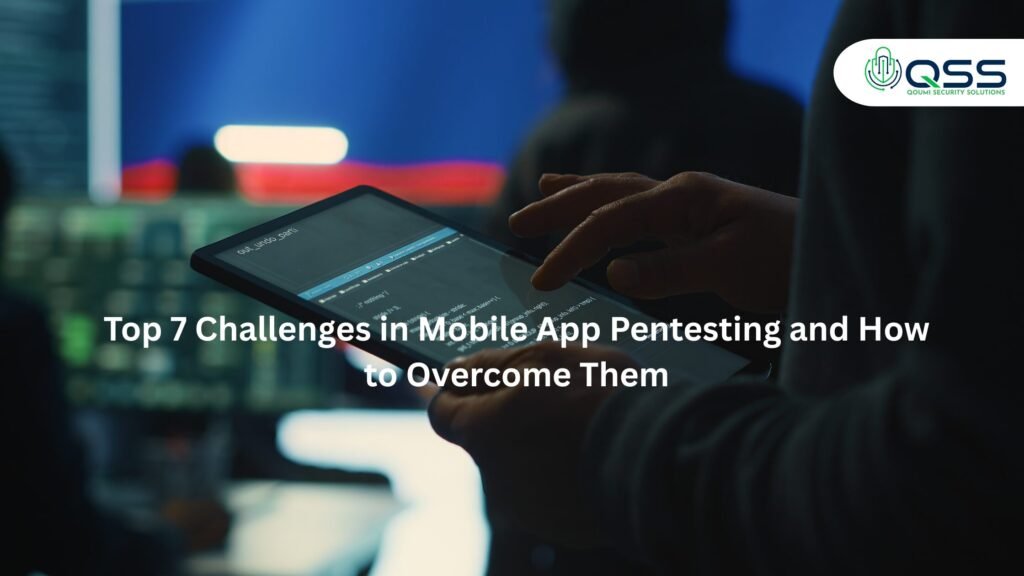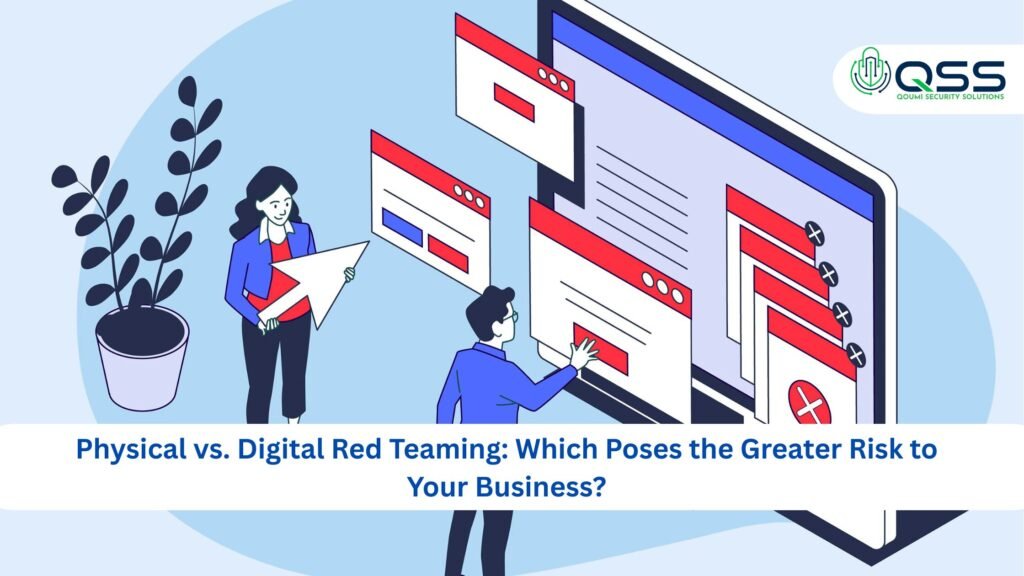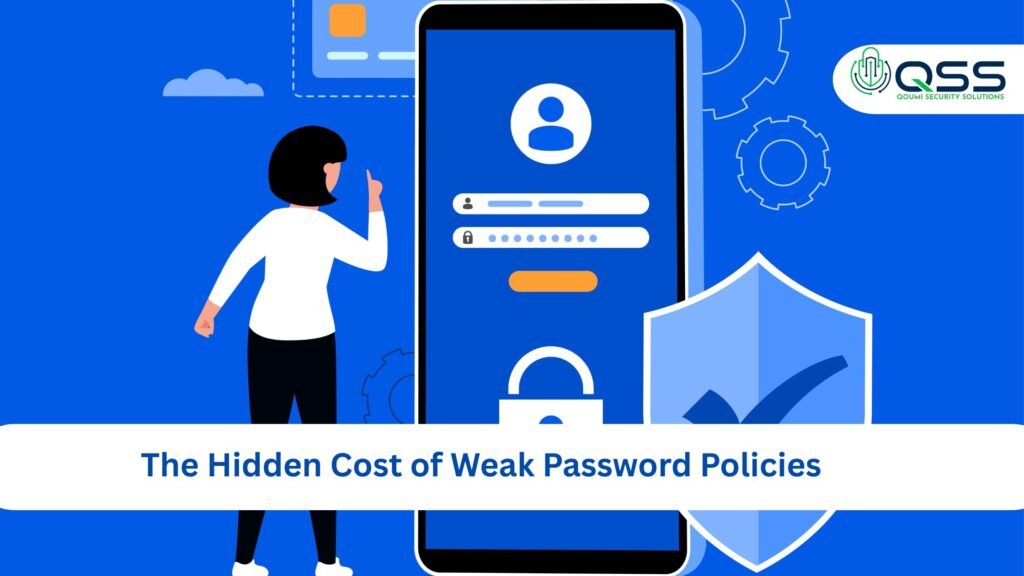Single Blog
Top 7 Challenges in Mobile App Pentesting and How to Overcome Them
Top 7 Challenges in Mobile App Pentesting and How to Overcome Them

Mobile apps have woven themselves into the fabric of our daily lives. Whether checking a bank balance on the go or messaging loved ones, these handy tools make everything just a tap away. But as more sensitive activities migrate to mobile, the pressure mounts to keep these apps secure from prying eyes and malicious actors. That’s where mobile app penetration testing—or “pentesting”—comes in. This post dives into the seven biggest obstacles facing mobile app pentesters, and shares practical solutions, in language anyone can understand.
1. Device and Platform Chaos
Imagine how many phones, tablets, OS versions, and custom interfaces exist. Testing every scenario is like herding cats—each device behaves a little differently and might expose new security cracks. Mobile apps are expected to run flawlessly (and safely) whether on iOS, Android, the newest hardware, or an old phone still chugging along. That’s both a blessing and a headache for security pros.
How to Overcome:
Smart testers focus on the devices and operating systems their users actually use most. Cloud testing platforms let you “rent” virtual access to a huge gallery of device models, making testing far more manageable. Automation helps check basic vulnerabilities everywhere, while manual reviews target the riskiest platforms—saving time, energy, and frustration.
2. The Shape-shifting Threat Landscape
Hackers never sleep. From phishing texts to zero-day exploits, the mobile threat scene evolves at breakneck speed. What worked for pentesting last year might be old news tomorrow. Keeping up can feel like chasing a moving target—especially with attackers pulling out new tricks all the time.
How to Overcome:
Empower your pentesting program with fresh intelligence. Plug into security news feeds, join hacker forums, and learn from recent breaches. Testers update their tool kits and testing scripts regularly. Red teaming—role-playing a real attacker—can reveal vulnerabilities missed by routine scans. Staying curious and alert makes all the difference.
3. Data Storage Danger Zones
Apps collect more data than ever, and improperly storing sensitive info (like passwords or bank numbers) is a recipe for disaster. Sometimes data sits unprotected on the device, or in cloud buckets with weak permissions. A lost phone, a rogue app, or even leftover files after deletion could expose user secrets.
How to Overcome:
Encrypt everything—whether it’s on the device or moving to the cloud. Good pentesters try to break encryption and find “data leftovers” after normal use. Sandbox sensitive features so that even if one area is compromised, the rest stays safe. Above all, follow best practices and test odd scenarios (e.g., after a phone reset or app uninstall) to make sure nothing is left exposed.
4. Failed Authentication and Weak Permissions
Ever used an app that barely bothered to check who you are—or let you peek into parts of the app you shouldn’t see? Weak login systems, poor password enforcement, or mismanaged sessions can let attackers slip right through, impersonating users, or escalating their privileges beyond what was intended.
How to Overcome:
Think defense-in-depth: enforce strong passwords, multi-factor authentication, and solid session management. Pentesters try to “break in” by guessing passwords, exploiting token mistakes, or simulating lost-device scenarios. They also test special user roles and permissions to ensure only the right people can access sensitive features.
5. False Positives and Incomplete Testing
Automated scanning tools are useful but not perfect. Sometimes they cough up dozens of fake vulnerabilities, wasting valuable developer time. Other times, they might completely miss issues buried deep in the app’s logic. Security assessments can end up either over-reporting or under-reporting, leading to confusion and missed deadlines.
How to Overcome:
A blend of smart automation and human review is crucial. Automated scanners run fast and catch common mistakes, but skilled testers step in to verify problems and dig for subtle bugs. Binary-level assessments and thorough manual reviews help ensure nothing is missed—and “noise” is quickly filtered out.
6. Scaling Up Testing in a Fast-moving World
Apps release updates at lightning speed—and businesses usually have dozens (if not hundreds) of different apps and versions. Manual pentesting for all of them is painstakingly slow, and risks falling behind development. With tight launch deadlines and frequent patches, scaling up security without dragging down productivity is a perennial challenge.
How to Overcome:
Smart teams combine automated testing tools in their development pipelines so that vulnerabilities get flagged as soon as possible. Manual pentesting focuses on areas marked as critical, new, or particularly complex. Team communication and clear reporting help prioritize efforts. Customization in the scope (choosing which features or APIs to test) also helps make each pentest efficient.
7. Risky Third-party Integrations
Most apps aren’t built completely from scratch. Developers tap into libraries, payment gateways, social networks, analytics tools, and more to get features up and running quickly. But each external add-on can be a weak link—sometimes hiding security flaws or outdated software that makes the whole app more vulnerable.
How to Overcome:
Testers keep a running inventory of all external libraries and APIs. They check for known vulnerabilities using security databases and ensure integrations are properly sandboxed—so they can’t access more than absolutely necessary. New or updated libraries are reviewed before every major release, and app stores are monitored for emerging threats tied to third-party code.
Pentesting: Real People, Real Process
Mobile app pentesting isn’t just technical wizardry—it’s a partnership between testers, developers, and users. The process usually starts with an open conversation to define objectives and scope. Pentesters learn about the app’s features, technology stack, and typical use cases. Initial reconnaissance (often including static analysis or SAST) uncovers software mistakes and design flaws.
Next, dynamic testing (simulating live attacks in controlled environments) reveals how the app stands up to real-world threats. Manual testing goes deeper, exploiting vulnerabilities as a hacker might. Constant updates and plain-English communication throughout let everyone know what’s safe, what’s risky, and what needs to change.
At the end of the pentest, clients receive a detailed, actionable report—listing vulnerabilities, their severity, the possible impact, and concrete steps to fix them. It’s not just a checklist; it’s a conversation about how to improve security together.
Why Get Serious About Mobile App Pentesting?
The stakes are higher than ever. Mobile apps face threats from every direction: malicious Wi-Fi networks, careless device owners, sneaky third-party plugins, and sophisticated cybercriminals. Businesses can lose hard-earned trust, suffer costly legal battles, or watch their reputation tank after a breach.
Pentesting is more than a technical exercise—it’s a way to spot dangers before they turn into disasters. It empowers apps to meet compliance rules, protect privacy, and confidently innovate in today’s digital world.
Final Thoughts: Security Without Fear
Securing mobile apps is a journey, not a destination. The challenges keep evolving—but so do the solutions. By understanding and overcoming the seven big hurdles—platform chaos, hacker ingenuity, tangled data storage, shaky authentication, noisy reports, scaling problems, and risky integrations—businesses are empowered to build safer apps for everyone.
This is where QuomiSecurity comes in. As a trusted leader, QuomiSecurity doesn’t just check boxes; the team partners with clients to ensure every mobile app is resilient, compliant, and future-ready. QuomiSecurity combines deep technical expertise with a friendly, consultative approach. From initial discussions to detailed reporting and remediation support, QuomiSecurity guides businesses through every phase of pentesting, minimizing risk and maximizing trust.





